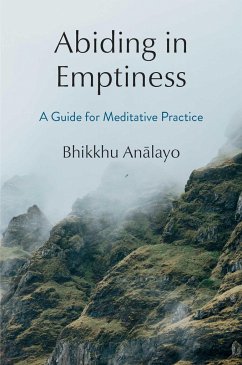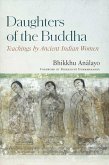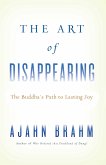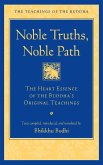"Abiding in Emptiness presents a practice-related exploration of emptiness in daily life and formal meditation, based on instructions found in the Buddha's Greater and the Smaller Discourses on Emptiness. This presentation provides translations of the relevant textual portions followed by explanations, a summary of the main points covered in each chapter, and practice instructions. The presentation in what follows is firmly grounded in early Buddhist thought, contextualized within the doctrinal framework provided by the early discourses, in clear awareness that this differs in some respects from perspectives underlying the Chan and the Mahåamudråa / Dzogchen traditions. Versions of the Greater and the Smaller Discourses on Emptiness exist in Påali, Chinese, and Tibetan. Nevertheless, meditation on emptiness in its various forms has not garnered as much attention from Theravåadins as it has from practitioners of Chinese and Tibetan Buddhism. In an attempt to build a bridge between these different traditions and to facilitate an adoption of emptiness practices by contemporary practitioners operating within the framework of Theravåada thought, the translations are based entirely on Påali discourse passages. The author's annotations provide a comparative perspective on such quotations. The main part of each chapter in this book consists in practice-related explorations of quotations from the Påali version of the Greater and the Smaller Discourses on Emptiness (the Mahåasuänänatasutta and the Cåuòla- suänänatasutta). Toward the end of each exploration, the author presents a verse, translated from some other Påali text, which in one way or another captures in a poetical manner some of the main points to be kept in mind, and a summary of the main points covered in the exploration. The first part of the verse taken up in the first chapter, entirely dedicated to daily-life dimensions of emptiness practice as the indispensable foundation for going deep in formal sitting, can also serve to convey the main theme underlying this whole book"--








